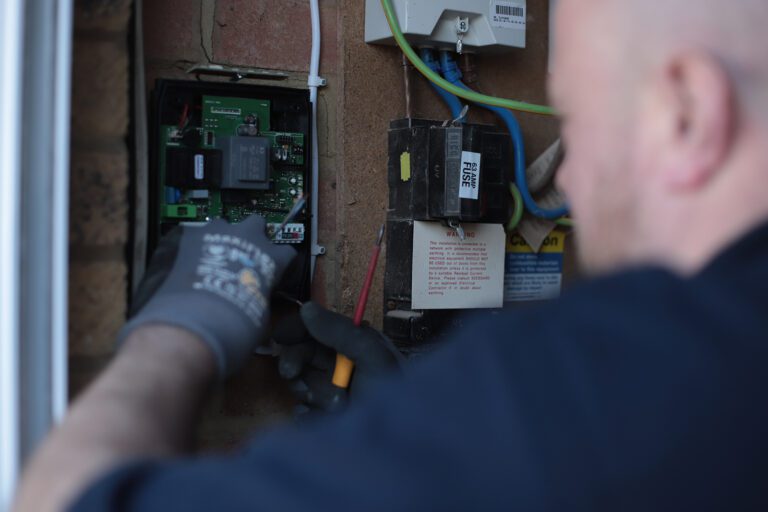Strategic Fortress – Exploring Advanced Access Control Systems for Ultimate Security
In the ever-evolving landscape of security, the need for robust access control systems has become paramount. As organizations and individuals alike seek to fortify their premises, advanced access control systems have emerged as the vanguard of modern security strategies. These sophisticated solutions go beyond traditional locks and keys, offering a multi-layered approach to safeguarding assets and ensuring the utmost protection. One of the key elements in advanced access control is biometric authentication. Gone are the days of relying solely on key cards or pin codes. Biometric systems leverage unique physical or behavioral characteristics, such as fingerprints, iris patterns, or facial recognition, to grant or deny access. This not only enhances security but also eliminates the risk associated with lost or stolen credentials. The human body becomes the key, rendering unauthorized access nearly impossible. In addition to biometrics, modern access control systems integrate smart card technology. These cards, embedded with microchips, store encrypted information that grants access to authorized personnel.
The advantage lies in the ability to customize access levels for different individuals or groups, ensuring that each person only enters areas relevant to their responsibilities. Smart cards also provide an audit trail, allowing administrators to track and review access logs for security analysis and compliance purposes. The integration of artificial intelligence has further elevated access control systems to new heights and click here https://southtexasss.com/access-control/. AI algorithms analyze patterns of behavior, learning and adapting to the regular activities of individuals within a given environment. This predictive capability is invaluable in preventing unauthorized access or identifying suspicious behavior before it escalates. Furthermore, the internet of things IoT has paved the way for the connectivity of various devices within an access control ecosystem. Smart locks, surveillance cameras, and even environmental sensors collaborate seamlessly to create a comprehensive security network. Through centralized management platforms, administrators can monitor and control these devices remotely, ensuring real-time responsiveness to security incidents. This interconnected approach not only fortifies physical security but also enhances operational efficiency.
For ultimate security, dual or multi-factor authentication methods are increasingly being adopted. This involves combining two or more independent forms of identification, such as a fingerprint scan and a pin code. This adds an extra layer of protection, making it significantly more challenging for unauthorized individuals to gain access. Multi-factor authentication is a versatile solution, adaptable to a variety of security scenarios, from high-security government facilities to commercial enterprises. As organizations continue to prioritize data security, access control systems are also evolving to safeguard digital assets. Integration with cybersecurity measures ensures that not only physical entry points but also digital gateways are fortified against unauthorized access. This holistic approach addresses the evolving nature of security threats in a technologically driven world. Biometrics, smart cards, AI, IoT, and multi-factor authentication collectively create a strategic fortress that fortifies the physical and digital perimeters of any establishment. Embracing these cutting-edge technologies is not just a security measure it is a proactive stance against the ever-changing landscape of threats, ensuring the safety and integrity of assets in an increasingly interconnected world.


